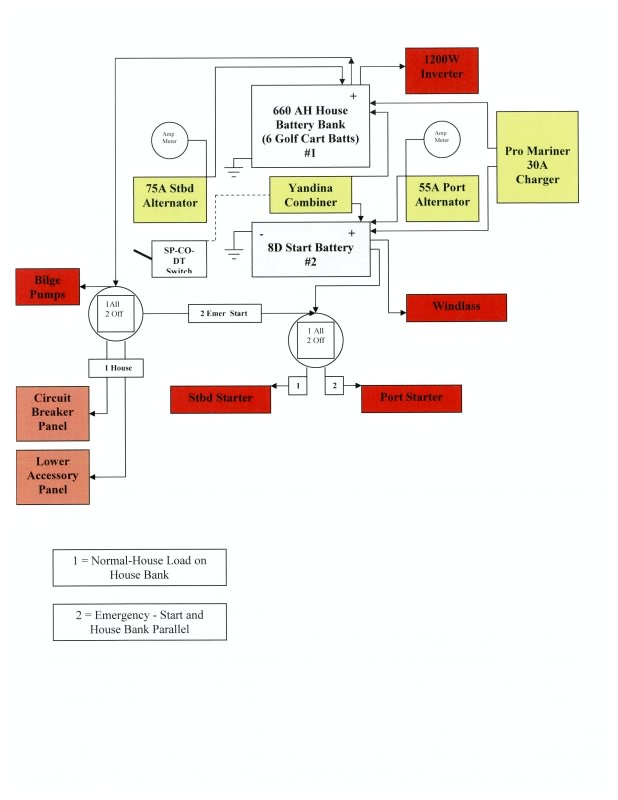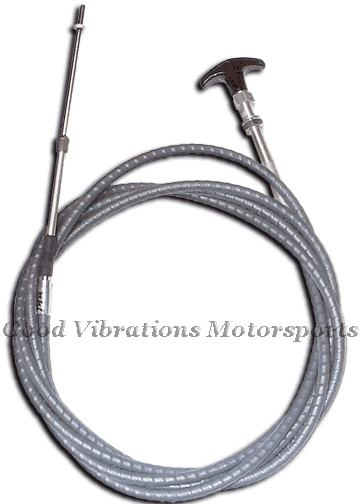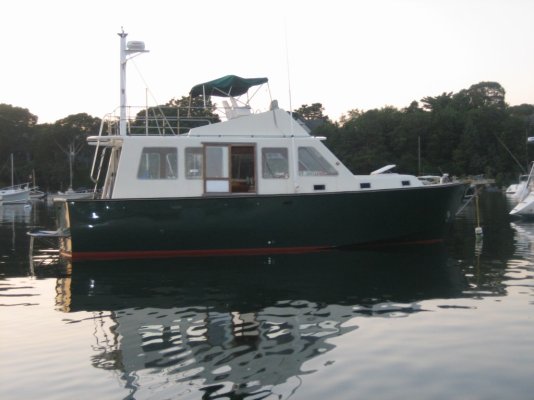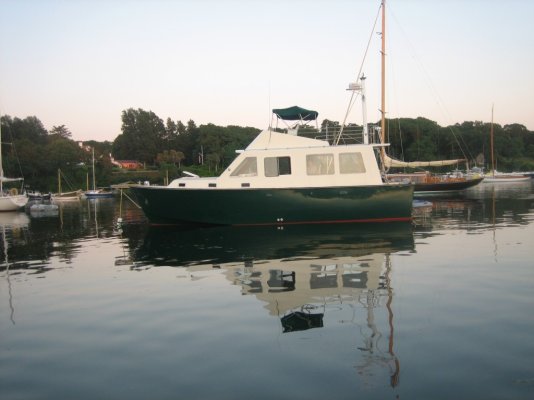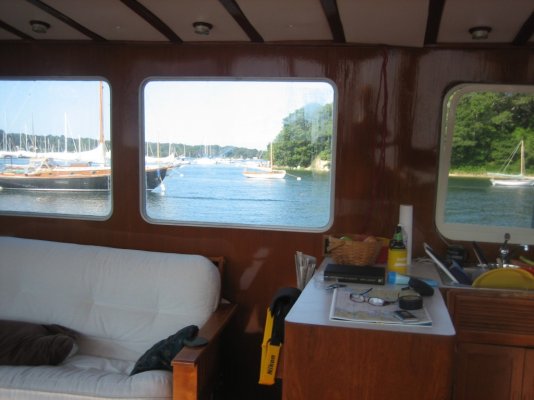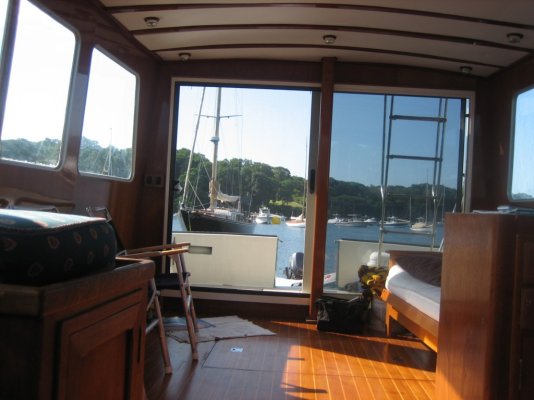sunchaser
Guru
- Joined
- Apr 9, 2008
- Messages
- 10,195
- Location
- usa
- Vessel Name
- sunchaser V
- Vessel Make
- DeFever 48 (sold)
What does Rick know? He has only been making this business his life for the past "many" decades.
But having said this Gonzo, I have recently been on several high end yachts who each treat this subject a little differently, much to the*builder's nightmares*and 2nd and 3rd owner's confusion . It seems* many novice "electrical" engineer/owners from the computer industry* made their demands*on*the builders. One off charging/starting circuit designed vessels are now being retrofitted to the old standards. I toured one vessel with the*boat builder who said the best way to sort out the high tech computer controlled mess was to toss out the inverter charging*system and go back to the basics.
Bottom line, the marine environment is a bit different than shore based systems. Being an electrical guy, you know this.
-- Edited by sunchaser on Friday 23rd of December 2011 09:30:10 AM
But having said this Gonzo, I have recently been on several high end yachts who each treat this subject a little differently, much to the*builder's nightmares*and 2nd and 3rd owner's confusion . It seems* many novice "electrical" engineer/owners from the computer industry* made their demands*on*the builders. One off charging/starting circuit designed vessels are now being retrofitted to the old standards. I toured one vessel with the*boat builder who said the best way to sort out the high tech computer controlled mess was to toss out the inverter charging*system and go back to the basics.
Bottom line, the marine environment is a bit different than shore based systems. Being an electrical guy, you know this.
-- Edited by sunchaser on Friday 23rd of December 2011 09:30:10 AM

